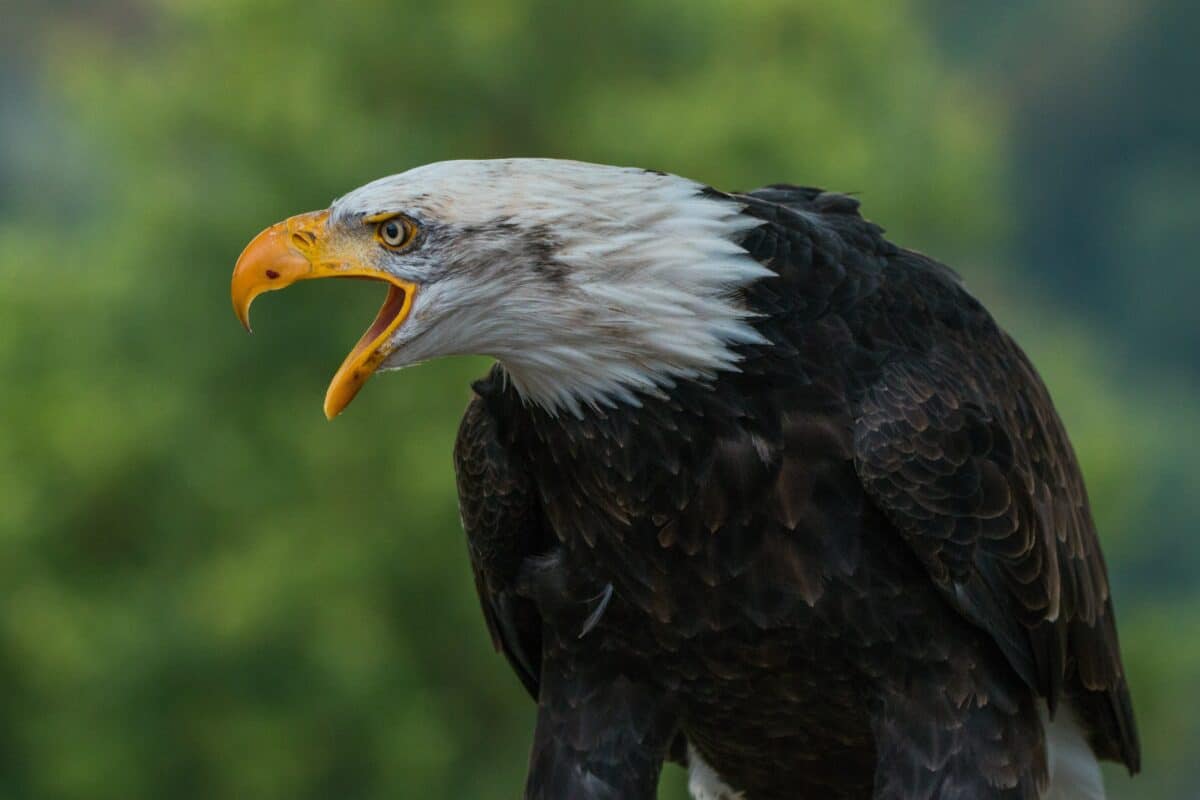In this post we will be discussing the differences between two equally impressive birds of prey, namely the Bald Eagle Vs. Andean Condor.
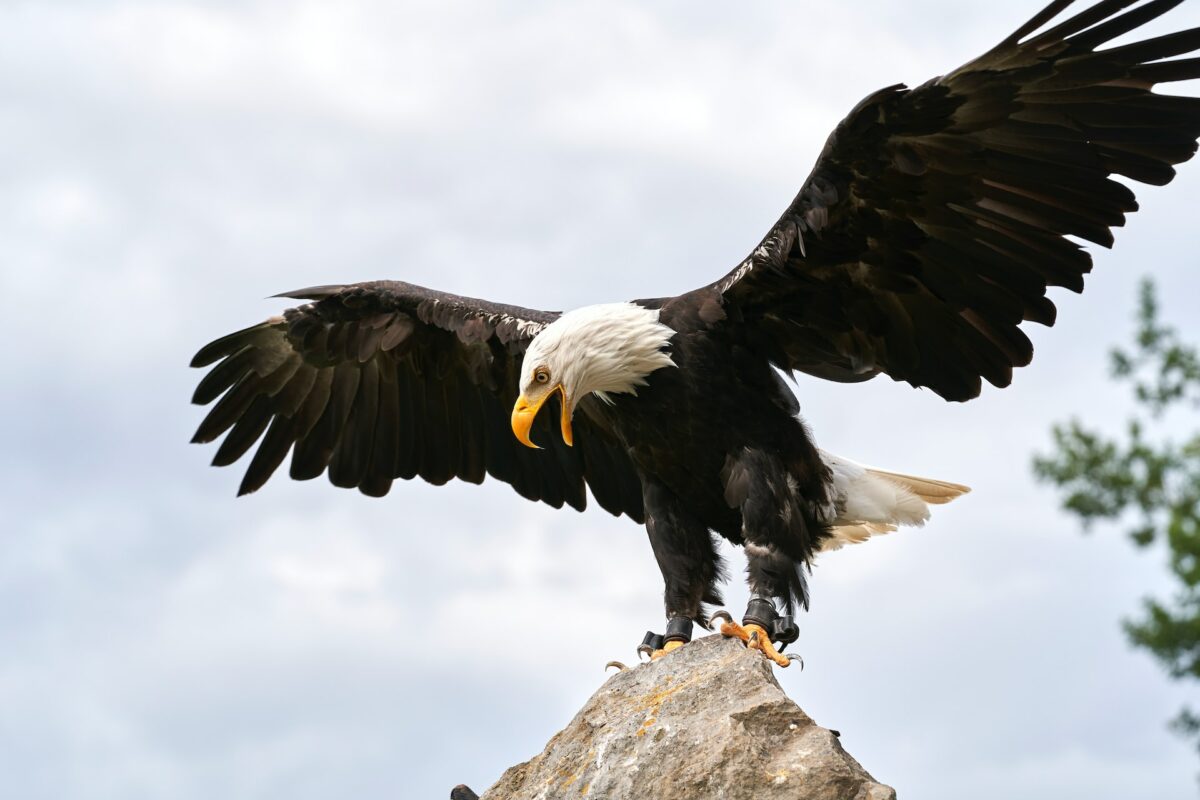
Birds are among the most impressive and fascinating creatures on the planet. They have captured the imagination of humans for centuries with their sharp talons, powerful wings, and keen eyesight. Two iconic birds of prey are the Bald Eagle and the Andean Condor. These majestic birds are known for their beauty, strength, and intelligence.
By analyzing their different physical traits, behavior, habitat, and conservation status, this guideline will compare the Bald Eagle and the Andean Condor.
Physical Characteristics: Bald Eagle Vs. Andean Condor
The Bald Eagle and the Andean Condor are both impressive birds of prey but have distinct physical differences.
The Bald Eagle
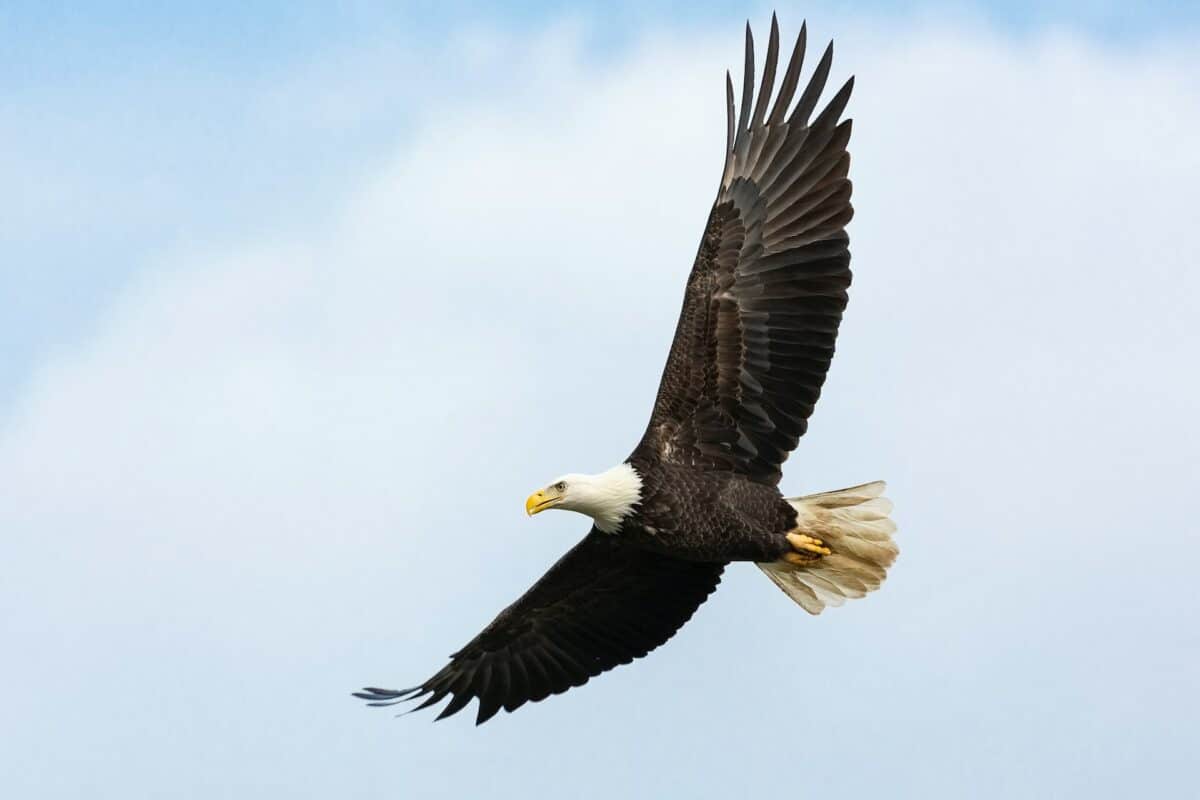
- The Bald Eagle is a substantial bird. It weighs up to 14 pounds and has a wingspan of up to 7 feet.
- This bird displays a remarkable contrast between its dark brown body feathers and its distinct white head and tail feathers.
- The beak and talons of the Bald Eagle are sharp and powerful. It is thanks to these that they can catch and kill its prey easily.
Check out The Bald Eagle Wingspan: How does it compare to other Birds of Prey?
The Andean Condor
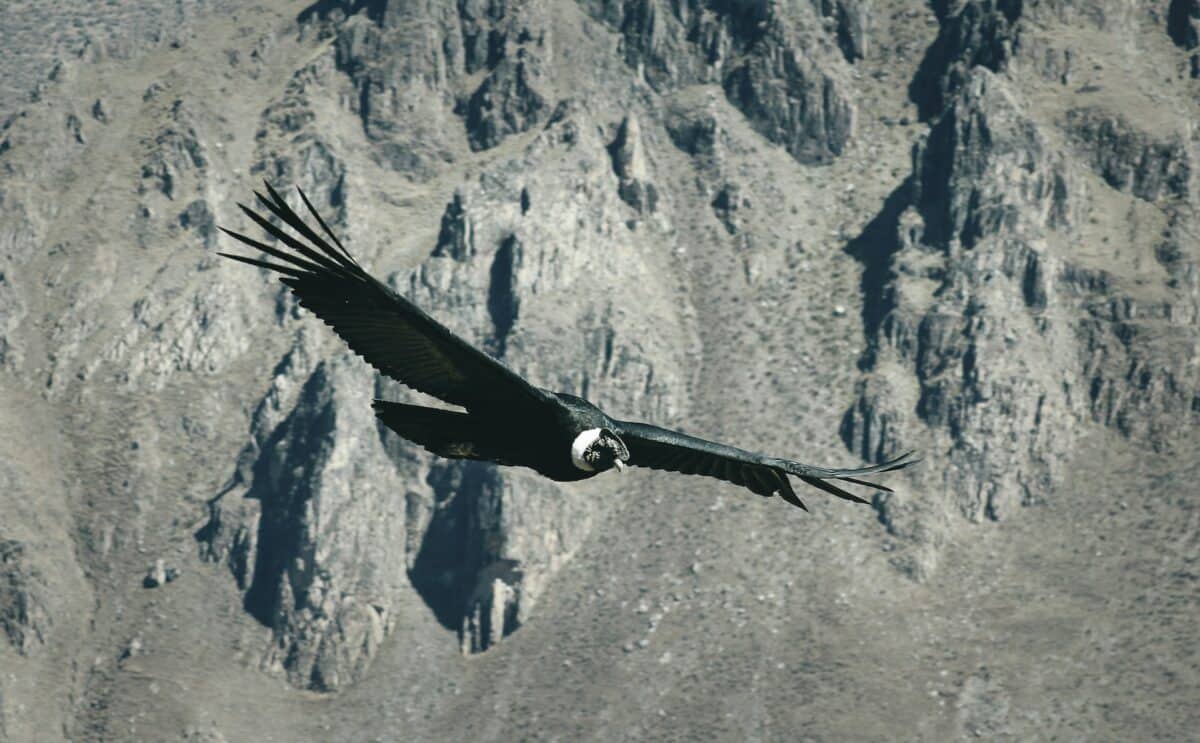
- The Andean Condor is an even larger bird. It has a wingspan of up to 10 feet and a weight of up to 33 pounds.
- It has predominantly black feathers and a recognizable white ruff of feathers around its neck.
- The beak and talons of the Andean Condor are equally formidable, allowing it to hunt and feed on large animals like deer and livestock.
Behavior: Bald Eagle Vs. Andean Condor
Other than their different looks, the Bald Eagle and the Andean Condor have contrasting habits when it comes to hunting, feeding, nesting and breeding, and territorial behavior.
Hunting and Feeding Habits
The Bald Eagle and Andean Condor are impressive birds of prey with distinct hunting and feeding habits.
The Bald Eagle
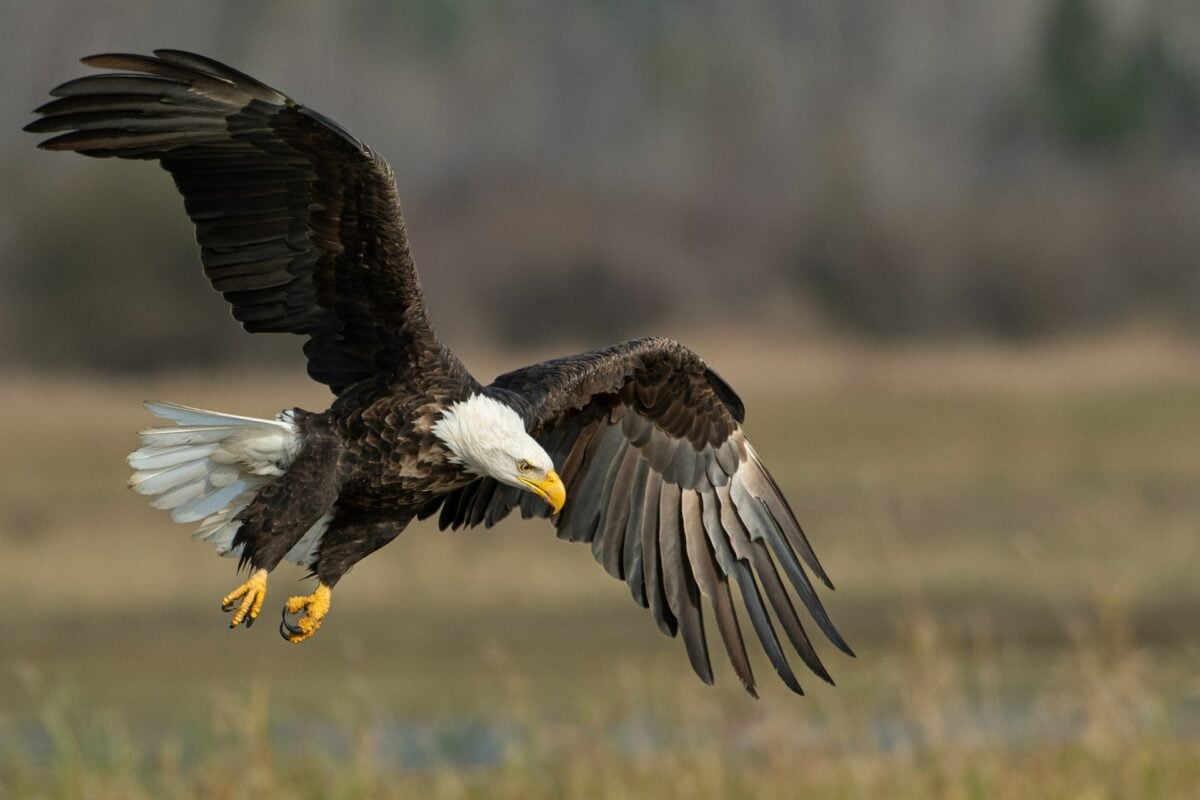
Regarding hunting and feeding habits, the Bald Eagle is known for its impressive hunting skills. It primarily feeds on fish but will also prey on small mammals and birds. The Eagle swoops down from high altitudes and snatches its prey with its sharp talons. Then carries it to a nearby perch or nest to consume it.
The Andean Condor
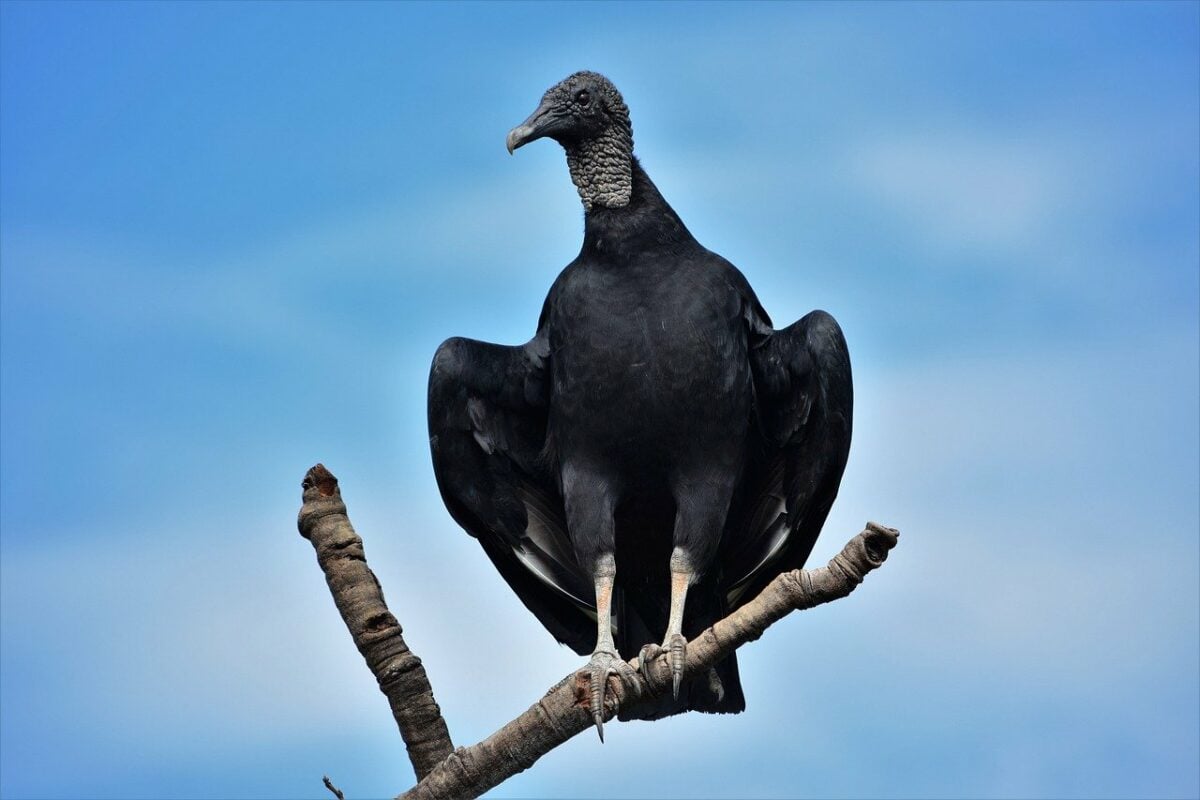
The Andean Condor has a broader diet, as it feeds on carrion or the remains of dead animals. It uses its sharp eyesight and a strong sense of smell to locate its food and will often soar long distances to find it.
While the Bald Eagle is a more versatile hunter, the Andean Condor’s scavenging habits allow it to survive in harsh environments where food may be scarce.
Nesting and Breeding Patterns
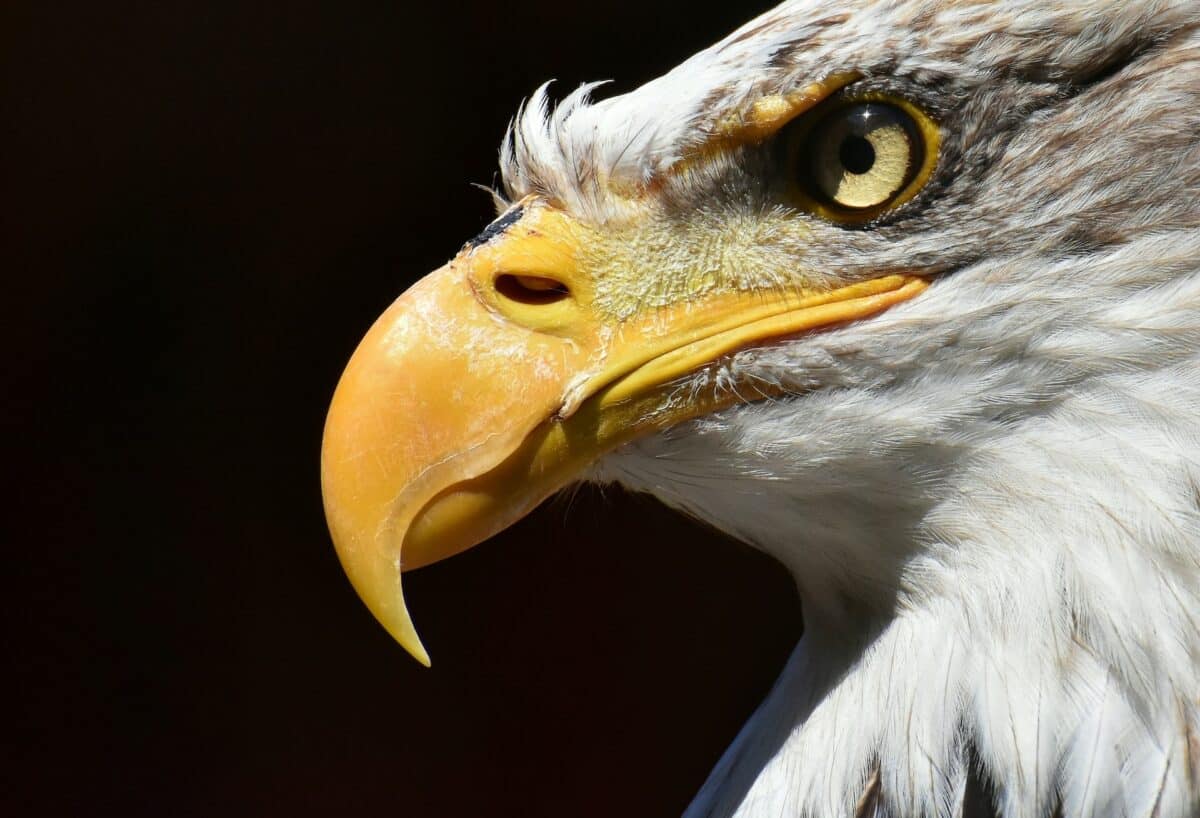
In terms of nesting and breeding patterns, both birds are known for their monogamous mating habits.
- Usually, Bald Eagles construct their sizable nests in tall trees located close to bodies of water.
- Andean Condors prefer to nest in rocky crevices or cliffs.
- The Bald Eagle female lays between one to three eggs, which both parents incubate alternatively for approximately 35 days.
- The Andean Condor lays only one egg, and both parents take turns incubating it for approximately 54 days.
Migration and Territorial Behavior
The Bald Eagle

Regarding migration and territorial behavior, the Bald Eagle is known for its migratory nature. This bird often travels long distances to find food and breeding grounds. Bald Eagles also exhibit territorial behavior, defending their nesting sites from other eagles and predators.
The Andean Condor

The Andean Condor, on the other hand, is a non-migratory bird. It typically stays in its home range throughout the year. Andean Condors also exhibit territorial behavior, often competing with other condors for food and nesting sites.
Habitats
These birds have very different geographic ranges and preferred environments.
The Bald Eagle
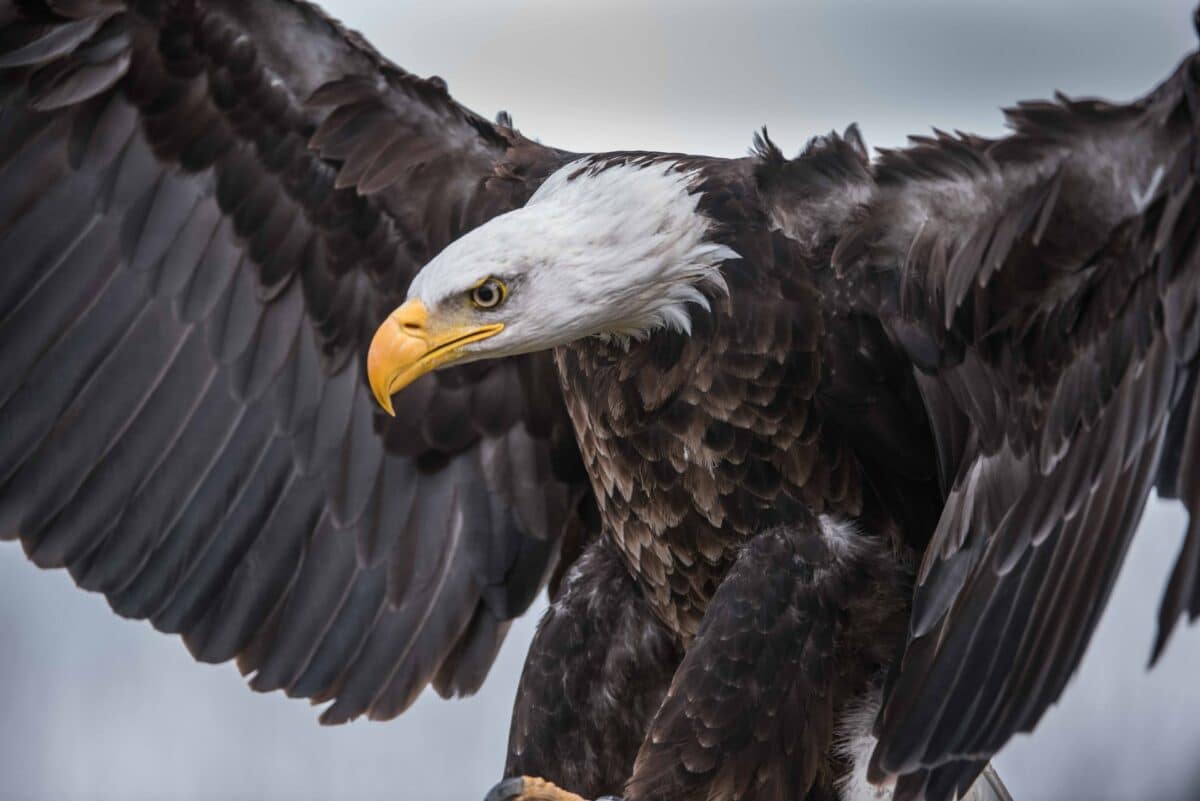
The Bald Eagle is found primarily in North America, from Alaska to Mexico. Usually, it prefers to live near bodies of water like rivers, lakes, and coastlines. It is also found in mountainous areas with tall trees and cliffs for nesting.
The Andean Condor
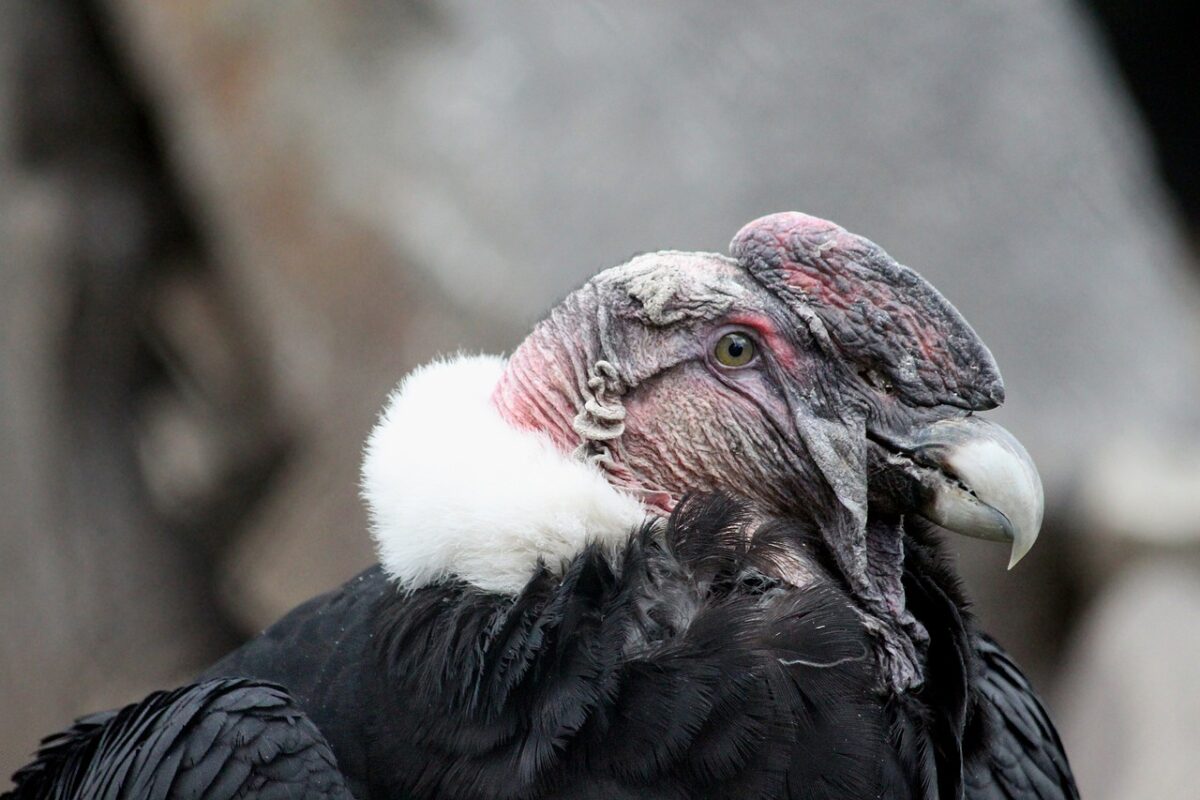
The Andean Condor is found in the Andes Mountains of South America, from Venezuela to Argentina, and prefers to live in open areas like deserts, grasslands, and mountain ranges. It nests on rocky ledges or in caves, often at high elevations.
Overall, the habitats of the Bald Eagle and Andean Condor are quite different, with Bald Eagles preferring aquatic environments and Andean Condors selecting mountainous regions.
Conservation Status
The Bald Eagle and Andean Condor are bird species with different conservation statuses.
The Bald Eagle
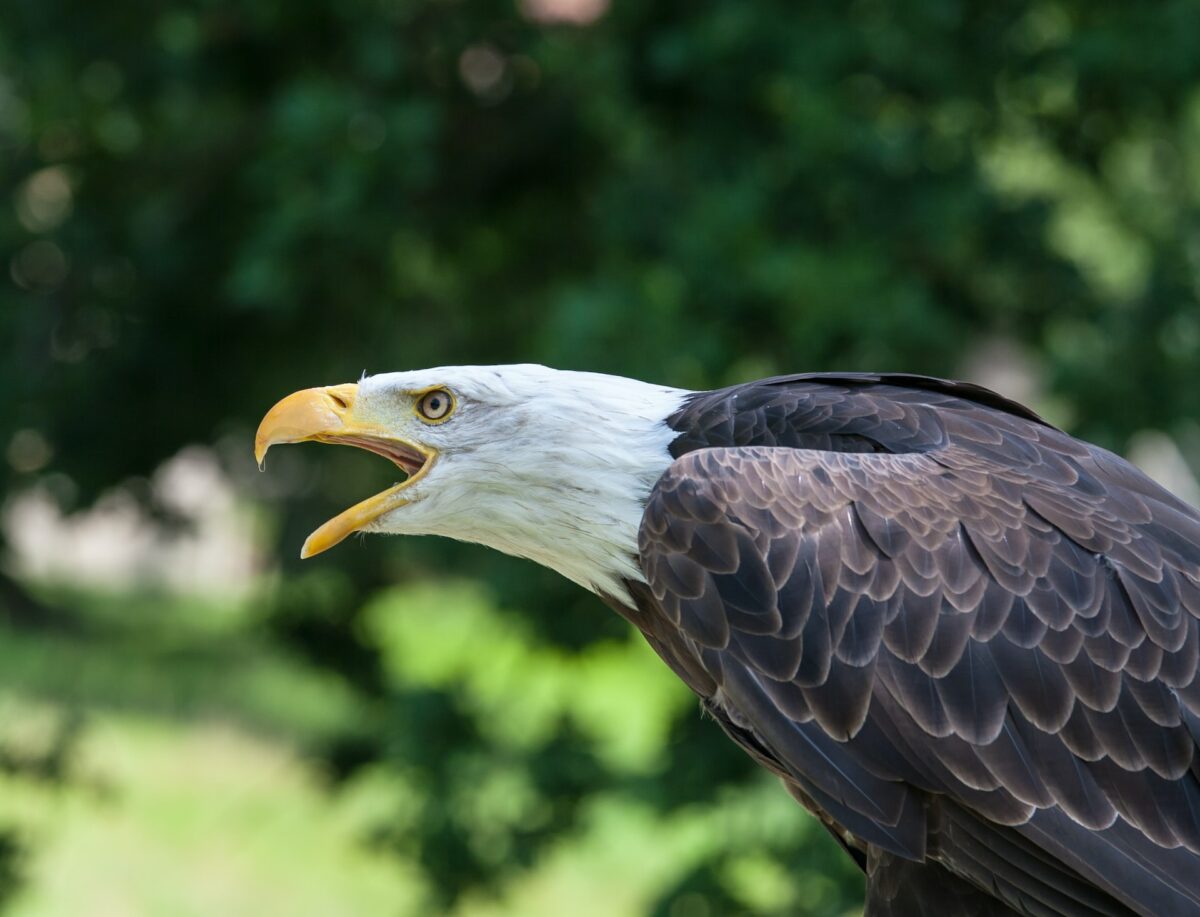
Hunting, habitat destruction, and pollution had brought the Bald Eagle to the brink of extinction in the past. Nonetheless, thanks to conservation efforts and the prohibition of detrimental pesticides, the population of Bald Eagles has experienced an impressive resurgence. Today, their population boasts almost 320,000 birds.
The Andean Condor
The Andean Condor, on the other hand, is still considered a vulnerable species by the IUCN. At the moment, it is estimated that 10,000 of these birds remain in the wild – of which only 6,700 are deemed to be sexually mature. Habitat destruction, hunting, and poisoning by farmers who believe the bird preys on their livestock are some of the biggest threats to the Andean Condor’s survival.
Efforts have been made to conserve both species, including habitat protection, captive breeding programs, and educational campaigns to raise awareness about these birds in their respective ecosystems. Continued conservation efforts are necessary to ensure the survival of the Bald Eagle and Andean Condor for future generations.
Key Points
| With a wingspan of up to 7 feet and weighing up to 14 pounds, the Bald Eagle is a sizable bird. |
| The Andean Condor is even larger, with a wingspan of up to 10 feet and a weight of up to 33 pounds. |
| The beak and talons of the Bald Eagle are sharp and powerful, allowing it to catch and kill its prey with ease. |
| The beak and feet of the Andean Condor are also formidable, allowing it to hunt and feed on large animals like deer and livestock. |
| The Bald Eagle is known for its impressive hunting skills, as it primarily feeds on fish but will also prey on small mammals and birds. |
| The Andean Condor has a broader diet, as it feeds on carrion or the remains of dead animals. |
| With the help of conservation efforts and the banning of harmful pesticides, the Bald Eagle population has remarkably recovered. |
| On the other hand, the Andean Condor is still considered a vulnerable species by the IUCN. |
Conclusion: Bald Eagle Vs. Andean Condor

In conclusion, the Bald Eagle and the Andean Condor are magnificent birds of prey with unique physical characteristics, habitats, and behavior. While the Bald Eagle has made a remarkable recovery thanks to conservation efforts, the Andean Condor still faces significant threats to its survival. Sustaining conservation efforts is crucial to safeguard these remarkable birds and ensure that coming generations can relish their elegance and grandeur in their natural habitats.
We really hope that you’ve enjoyed this piece one the Bald Eagle Vs. Andean Condor! If you want to continue exploring the exciting world of birds, read our post on The Young Swan: A Bird’s Journey.
- The Most Adorable Footage of Baby Wolves in Minnesota - April 15, 2024
- Man Teaches Bald Eagle to Play Fetch - April 15, 2024
- Mother Buffalo Tries to Save Baby From Komodo Dragons - April 14, 2024

